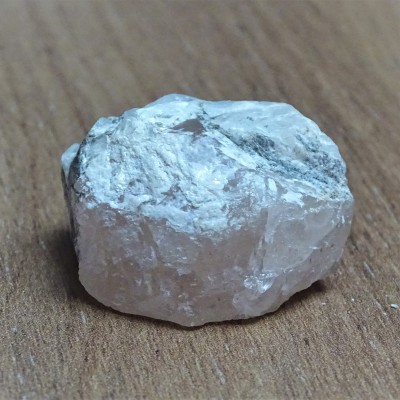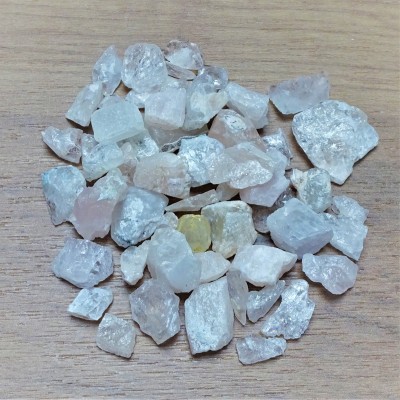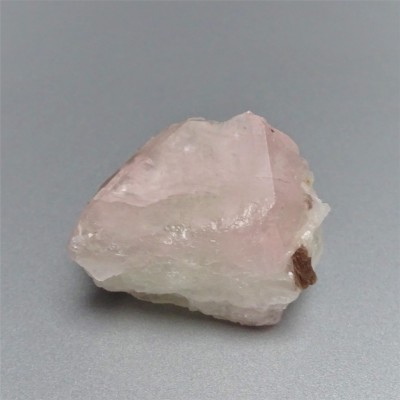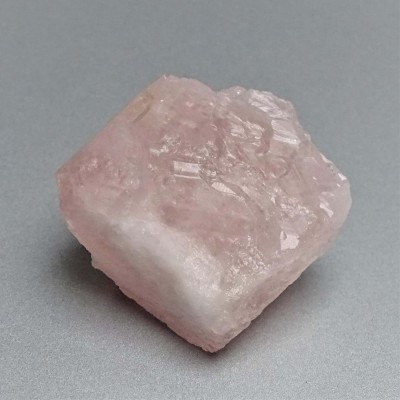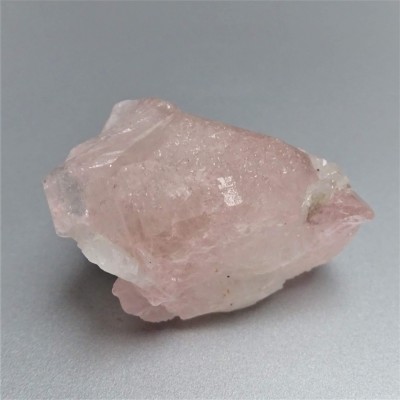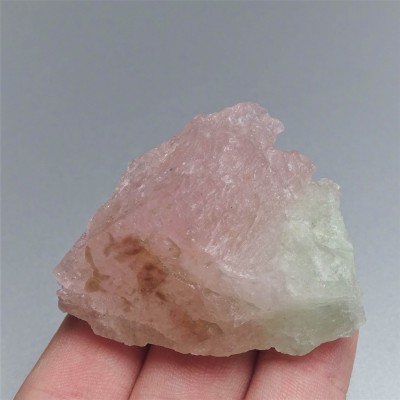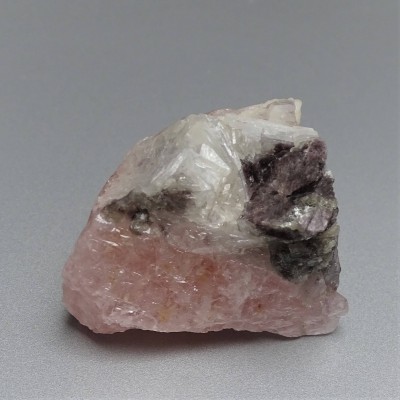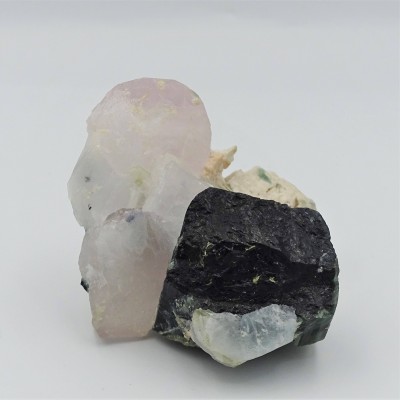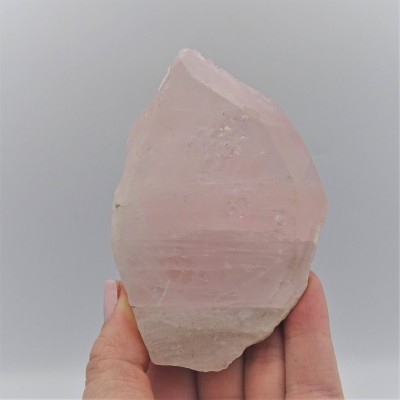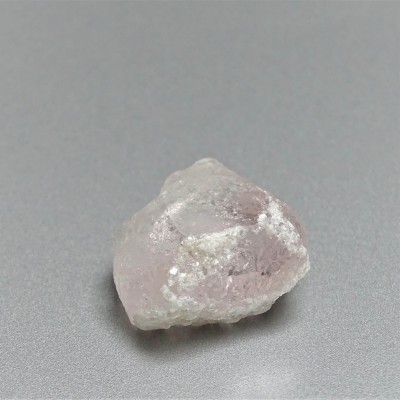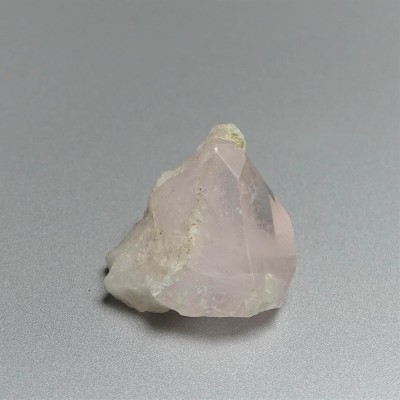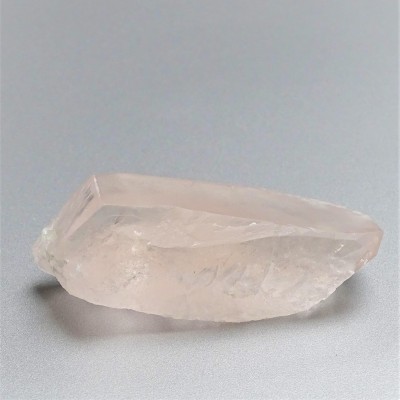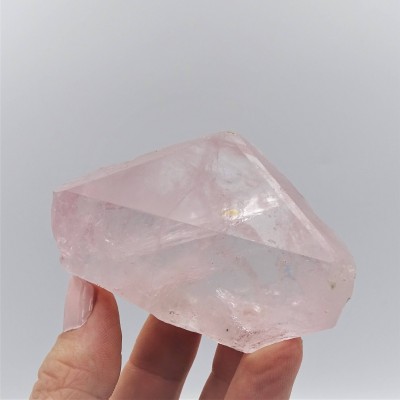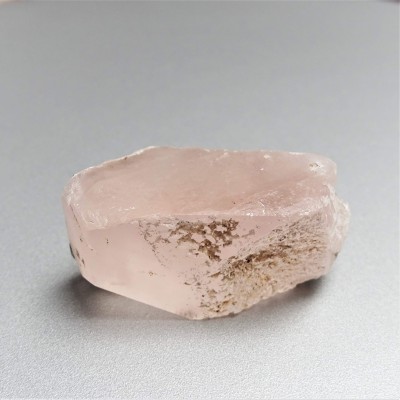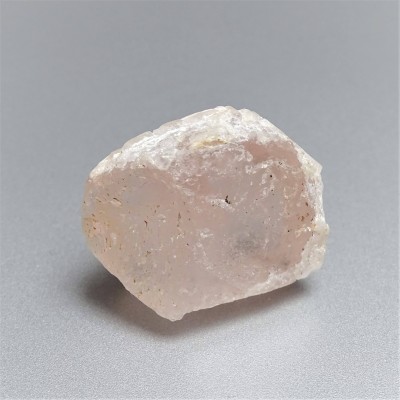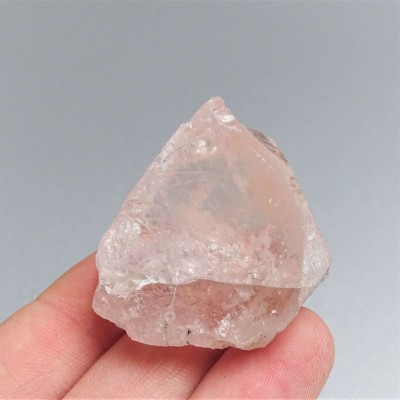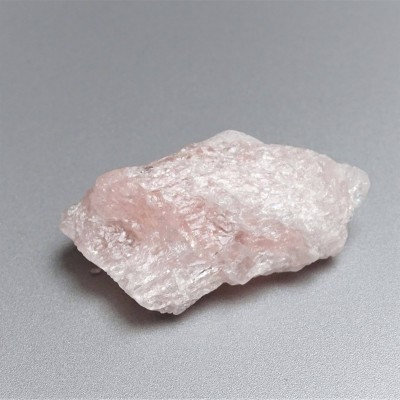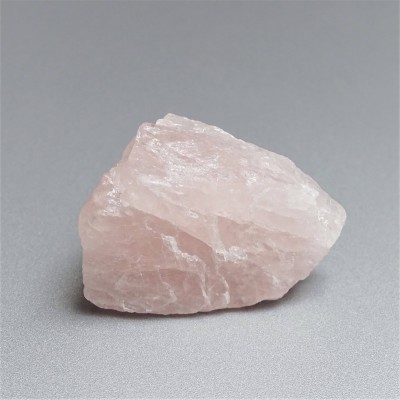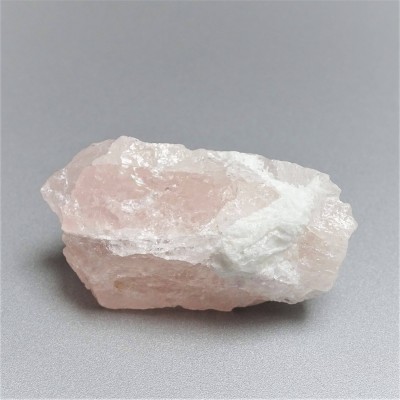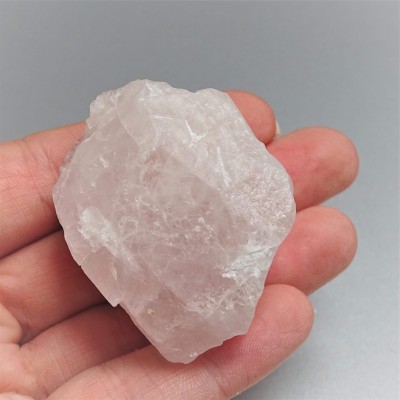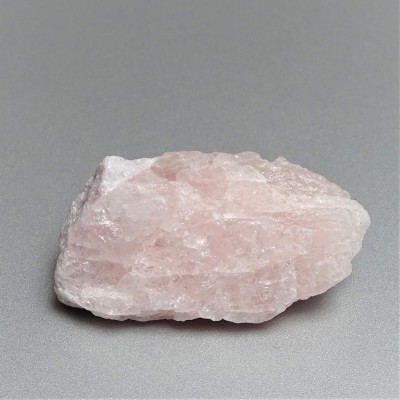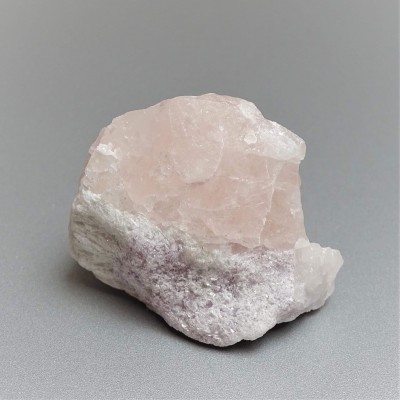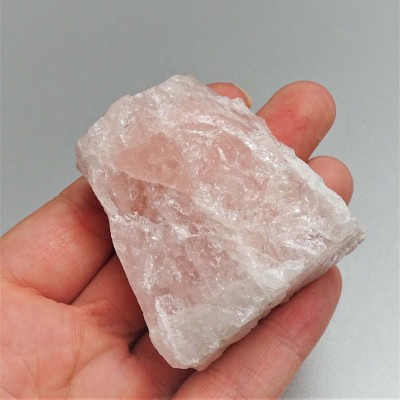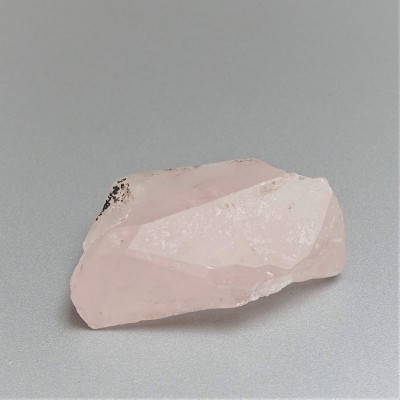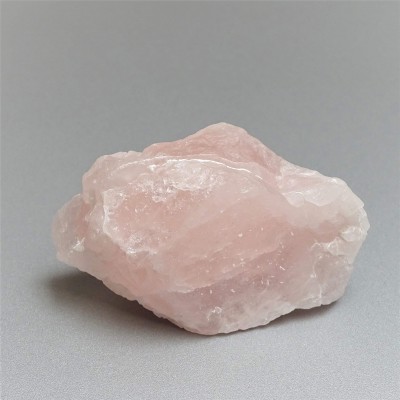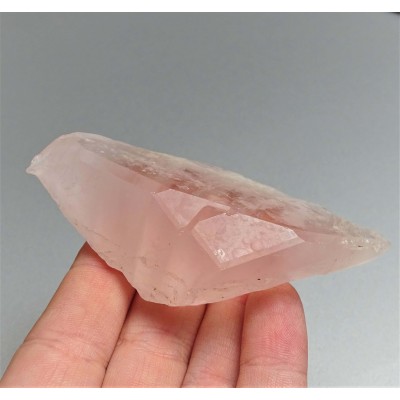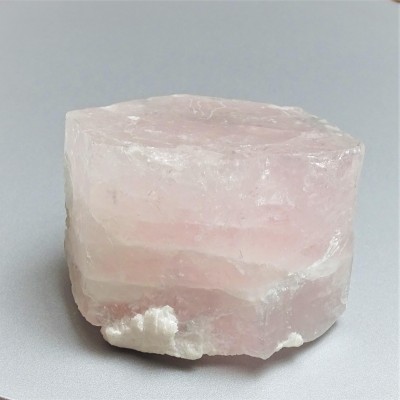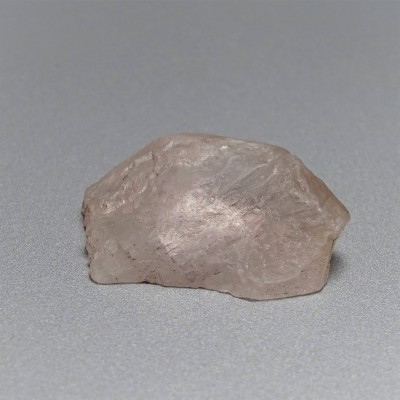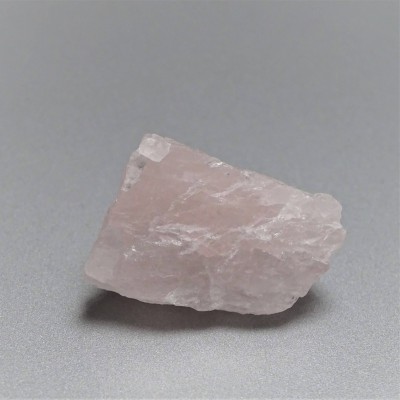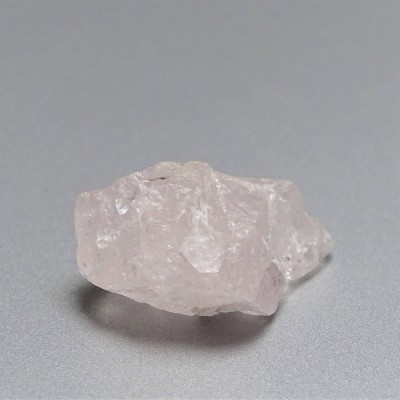- There are no more items in your cart
- Shipping
- Total 0.00 Kč
- Exclusive collection crystals and minerals
- Gemstones (precious stones, semi-precious stones)
- Mineral beads
- Natural raw stones and minerals
- Afghanite
- Agate
- Amber
- Amethyst
- Ametrine
- Andean opal - blue
- Andean opal - pink
- Angelite
- Apatit
- APOPHYLITE, STILBITE, ZEOLITE
- Aquamarine
- Aragonite
- Astrophyllite
- Auralite
- Axinite
- Azurite
- Baryte
- Brazilianite
- Calcite
- Carneol
- Cavansite
- Celestine
- Chalcedony
- Charoite
- Chromdiopside
- Chrysocolla
- CHRYSOCOLLA - MALACHITE - AZURITE
- Chrysopras
- Citrine
- Clinoatacamite
- Cobaltocalcite
- Colombianite
- Copper
- Cyanite
- Danburite
- Diopside
- Dioptase
- Dolomite
- Dumortierite
- Emerald
- Eudialyte
- Fluorite
- Garnet
- Grape chalcedony
- Hackmanite
- Heliodor (golden beryl)
- Hemimorphite
- Hidennite
- Iolite / cordierite
- Jade
- Jasper
- K2 - Azurite in granite
- Kunzite
- Labradorite
- Lapis lazuli/lazurite
- Larimar
- Lemurian quartz
- Libyan desert glass
- Lodolite (quartz crystal with inclusions)
- Malachite
- Meteorite
- Moldavite
- Moonstone/adularia
- Moqui marbles
- Morganite
- Natural mussels (freshwater mussels)
- Nefrite
- Nuummite
- Obsidian
- Olivine (peridote)
- Opal - dendritic (merlinite)
- Opal Ethiopian
- Petalite
- Phosphosiderite
- Pietersite
- Pollucite
- Prehnite
- Pyrite
- Quantum quattro
- Quartz - cut or polished
- Quartz/crystal - raw
- Rhodochrosite
- Rhodonite
- Rosequartz
- Rubelit/red tourmaline
- Ruby
- Ruby in zoisite
- Sagenit (Venus hair)
- Sapphire
- Scoryl
- Selenite
- Seraphinite
- Shungite
- Skapolite
- Smoky quartz
- Smokyquartz with rutile
- Sphalerite
- Spinel
- Sunstone
- Sunstone with iolite
- Superseven (Super 7)
- Tanzanite
- Tektite
- Tektite Agni Manitite
- Thulit
- Tiger´s eye
- Titanite/sphene
- Topaz
- Tourmaline
- Triplite
- Tugtupit
- Turquoise
- Vanadinite
- Vesuvianite (Idokras)
- Zircon
- Original handmade jewelry
- Pendants
- Abalone/Paua shell
- Aquamarine
- Astrophyllite
- Azurite-malachite-chrysocol
- Cavansite
- Charoite
- Chrysoprase
- Dendritic opal
- Ethiopian opal pendant
- Eudialyte
- Kunzite and hiddenite
- Labradorite
- Larimar
- Malachite
- Moldavite
- Moonstone (adularia) pendant
- Morganite
- Nuummite
- Obsidian
- Pietersit
- Rhodochrosite
- Ruby
- Sagenit
- Seraphinite
- Sugilite
- Sunstone
- Turquoise
- Pendants
- Sales
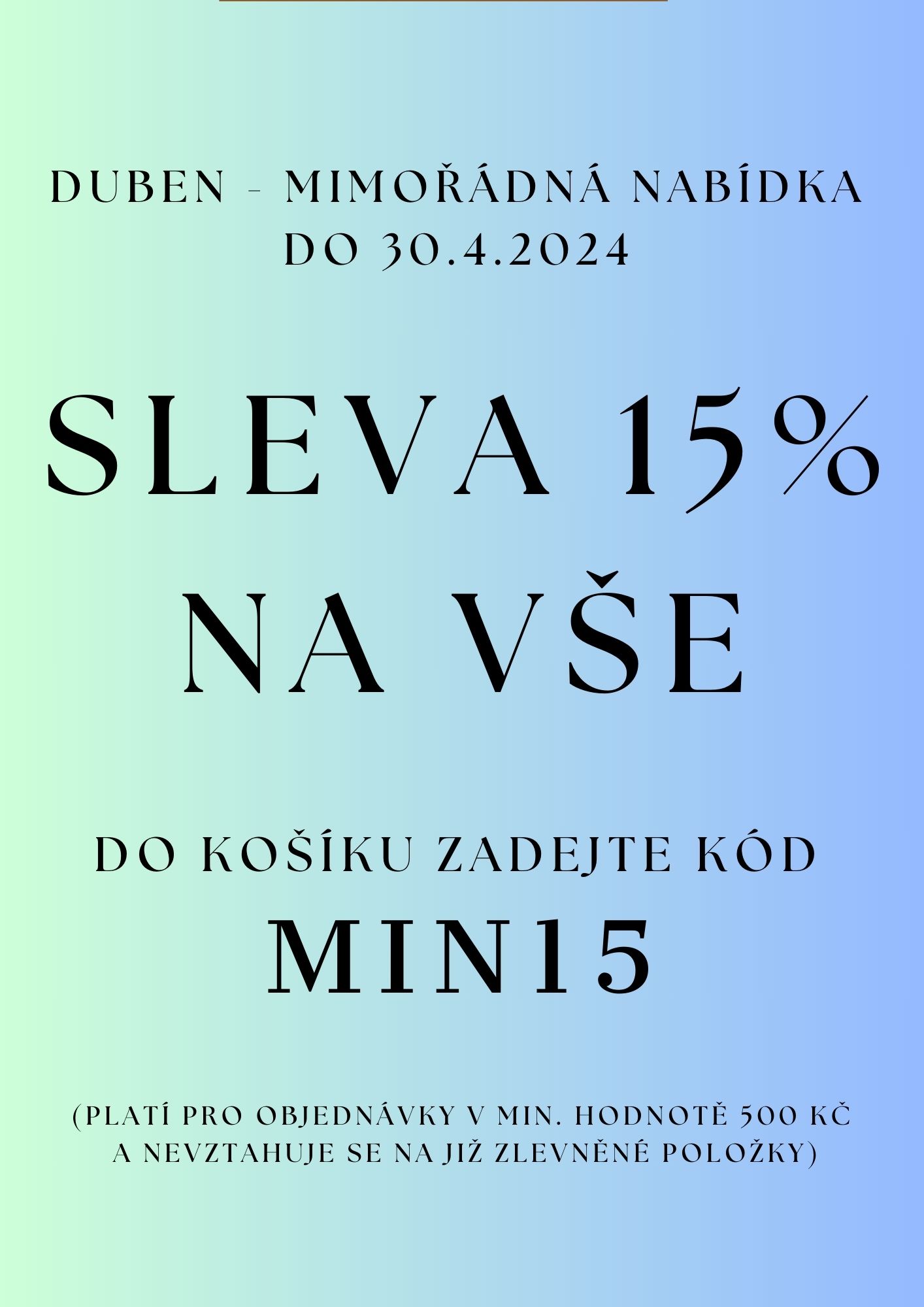

Morganite
Morganite, like emerald and aquamarine, is a beryllium. It was first identified in 1910 and the following year was named after George F. Kunz after the well-known financier, banker and passionate gem collector J. P. Morgan. It varies in color from pink to purple-pink, which is why it is sometimes called a pink emerald. Common shades include pale pink, purple, salmon or peach. The pink color causes the presence of manganese or cesium cations. Hardness on the Mohs scale: 7.5 - 8. Morganite is mainly used in the baking industry, where its color, purity, grinding and carat weight are considered. The most popular are pink and pink-purple morganites. But peach and salmon are also popular, as many jewelers consider untreated stones in these colors to be more valuable than those whose perfect color was created by artificial treatment. Almost all morgans stand out with soft pastel colors. Larger gems are characterized by more pronounced and richer shades. The most sought-after colors are pure pink, and rarely appear purple-pink Madagascar morganites, which are among the rarest, as their deposits are already mined. Morganit usually does not have visible inclusions with the naked eye and impresses with its unique purity. Inclusions are therefore rare, mostly liquid or biphasic. Inclusions in morganite resemble either hollow or fluid-filled needles or fingerprints. Due to the rare presence of visible inclusions, morganites "decorated" with small needles, which evoke raw silk, do not lose their value and collectors and goldsmiths often look for them. Not completely translucent gems are often carved or ground like cabochons. Morganit excels in distinct pleochroism - from pale to deep blue-pink shades - and must therefore be carefully oriented when grinding. Distinctive colors are not typical for this stone, so it is necessary to have gems relatively large so that jewelers achieve the best appearance of the stone when grinding. Morganit is ground into all standard shapes (especially as oval, cushion, emerald, pear and marquise), but there are also unique and unusual designs.

